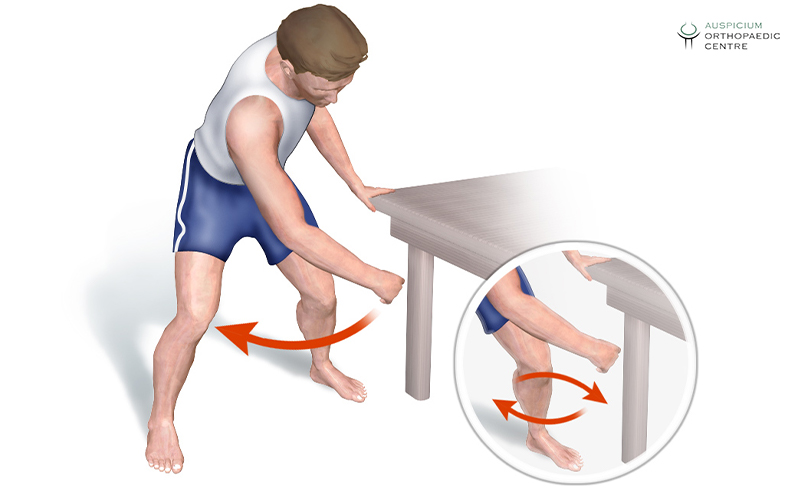Experiencing shoulder pain and being immobile can significantly impair your ability to carry out everyday tasks that involve physical engagement. Frozen shoulder and impingements are two of the most common conditions that can create hurdles in conducting regular duties. However, with the right exercises, you can recover in no time. This blog will explore key impingement and frozen shoulder exercises that can heal you and develop more resilient muscles.
Understanding Shoulder Impingement and Frozen Shoulder:
It is important to understand the root cause of these issues and how they hinder your functioning before we discuss the essential shoulder resilience exercises.
Frozen Shoulder: This condition occurs in phases, leading from freezing and ending in thawing. This issue can sometimes last for months or even years, depending on how severe it is. So, during the first phase—freezing—shoulder movements start causing pain. In the second phase—frozen—it significantly limits your mobility. In the last stage—thawing—your motion might slowly recover but it has to undergo extensive rehabilitation for proper restoration.
Shoulder Impingement: This condition takes place when the rotator cuff tendons or bursa in the shoulder gets pinched during arm movement. Pain, inflammation, and limited mobility are the main symptoms of this issue. You can lose your ability to lift or rotate your arm if proper medical care is not administered.
It is highly advisable to consult an orthopaedic doctor in Singapore if you experience any of the aforementioned symptoms.
3 Essential Shoulder Mobility Exercises:
- Pendulum Exercise
- External Rotation with Resistance Band
- Wall Angels
1. Pendulum Exercise:
This exercise is perfect for controlling and enhancing blood flow as well as gently opening up the shoulder joints. So, start by leaning forward while supporting yourself with one hand on a table. Allow your affected arm to hang straight down and gently swing it around in small circular motions. This will promote movement without exerting any strain on the arm. It is important in dealing with conditions like a frozen shoulder.
2. External Rotation with Resistance Band:
External rotations, which target the rotator cuff muscles, improve your shoulder stability and lower your risk of recurrent injury. So, stand with your elbow bent at a 90-degree angle and secure a resistance band to a stable surface. Pulling the band outwards can help you work the muscles in your rotator cuff. Continue doing it several times. It is advised to include it in your frozen shoulder and shoulder impingement exercises for better results.

3. Wall Angels:
You can improve your shoulder movement and posture through this exercise. It is a must for effective frozen shoulder rehabilitation. So, align yourself properly against the wall so that your entire back touches it. Now, gradually move your arms in a snow angel movement. Not only will you recover your shoulder muscles but it also helps with body posture.

Conclusion:
You cannot allow these conditions to limit your mobility. Using frozen shoulder exercises and impingement management strategies will slowly reduce the pain and help you regain full mobility. Commit to these training sessions and seek guidance from Auspicium Medical, a bone specialist in Singapore, that can direct you towards the right recovery plan. Talk to us today to get proper attention for your condition!

